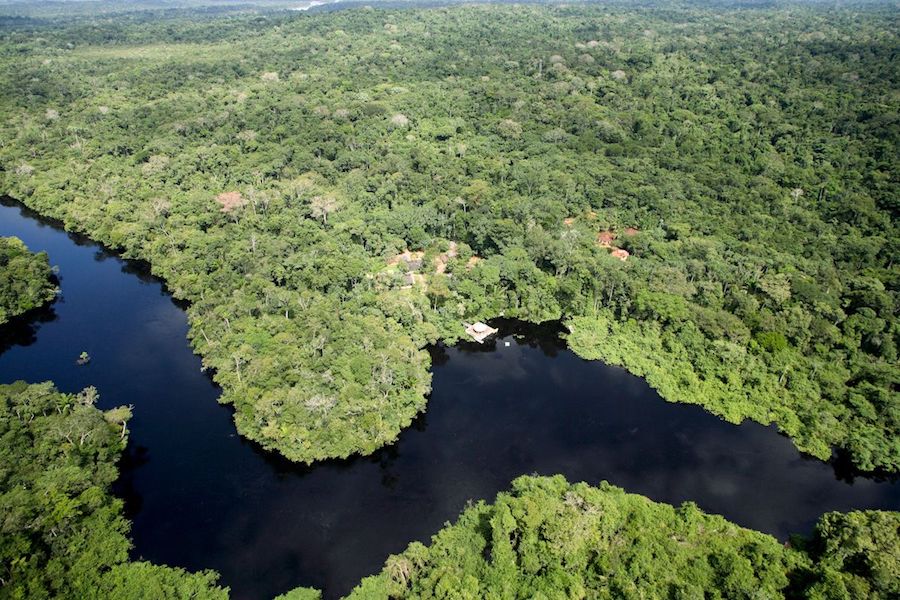
Anglo American Brazi’sl chief executive, Ruben Fernandes, has hinted at a potential major copper discovery on the edge of the Amazon rainforest by saying the results of an ongoing drilling campaign in the area were “very promising”.
He was referring to a 19,000 square kilometres-property, equivalent to the size of Israel, the company has been exploring since July and where it has already drilled six holes.
“It’s promising, but we do not know details just yet. We need to confirm our results,” Fernandes said according to local news site Istoe (in Portuguese). “Starting a project from scratch, from the first drilling to producing the first tonne, takes time,” he added, stressing that Anglo believes in Brazil’s potential.
Anglo may have found a major copper deposit on the edge of the Amazon rainforest, but if so, is not saying.
Market rumours circulating three months ago indicated that Anglo had discovered a large porphyry style copper-gold deposit, geology typical of the copper mines by Chile’s Andes mountains.
Copper deposits are among the hottest assets in mining right now, with the world’s top producers becoming increasingly bullish on the metal. There are expectations that bigger power grids around the world and an electric-vehicle boom will boost demand, while supplies are constrained.
Only between Sep. 25 and Oct. 6 las year, around 2.65 million hectares of exploration permits for copper were filed at the Brazilian Mining Department (DNPM), covering almost all the available mineral rights in the Alta Floresta Gold Province, which is located in northern Mato Grosso State in the midwestern region of Brazil. That’s the same area where Anglo’s copper exploration is being carried out.
While Brazil has the opportunity to increase the contribution of mining to the overall economy, Fernandes said the government needed to really bet on the sector. According to the executive, mining currently represents 4 percent of Brazil’s Gross Domestic Product (GDP), but could easily jump to around 10 percent.
Only one-fifth of all copper discoveries turn into mines in 20 years.
“For that, we need political stability, the new Mining Code and an open discussion on the tax structure … There was an old mining code that practically no one followed. Now we have a decree, but it still need to be approved as a code,” Fernandes said.
Only one-fifth of all copper discoveries turn into mines in 20 years, according to Richard Schodde, managing director of exploration adviser MinEx Consulting.
Schodde said that porphyry deposits tend to be much larger in size, but lower-grade and economically feasible only if they are close to the surface or have good infrastructure nearby.
Anglo American’s copper production is expected to increase to 758,000 tonnes annually in 2024 from current output of some 579,000 tonnes/year, but the enigmatic Brazilian asset could boost those numbers very soon.
Comments
King Blonde
If the far right candidate wins the election, Brazil will see a sky rocket in its minerals output.